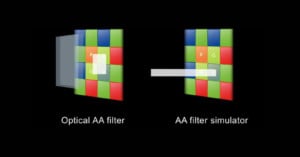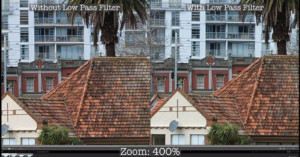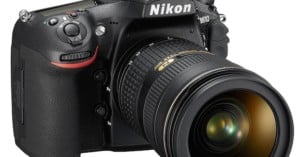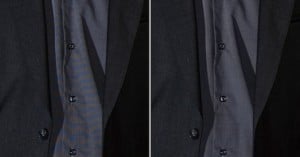
What is a Low-Pass Filter and How Does it Work?
Most digital cameras from the 2000s and 2010s are equipped with an optical element called an optical low-pass filter (OLPF), also known as an anti-aliasing (AA) or blur filter. As the name "filter" suggests, this optical element filters out some information coming from the imaged scene.



